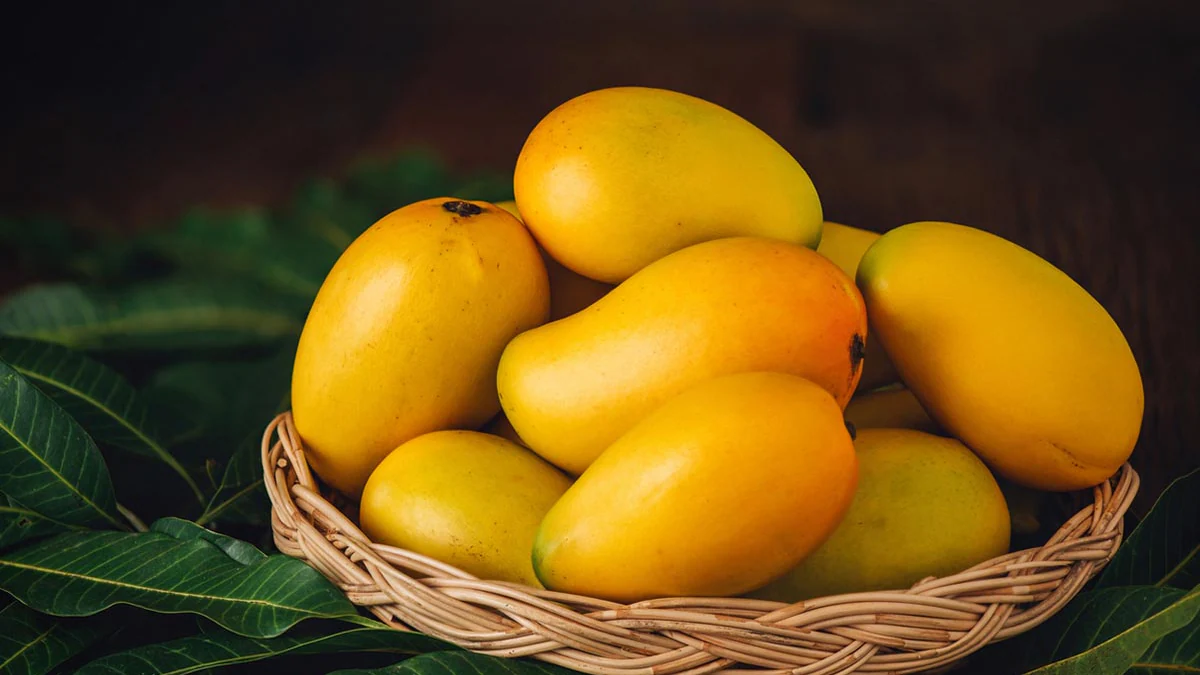The highly anticipated mango season is upon us, with the beloved Sindhri variety expected to hit markets by the first week of June.
Summer signifies the peak ripening period for mangoes, with most orchards commencing picking in June, although some start earlier to gain a competitive edge in the market.
Overall, this year’s mango crop appears to be of satisfactory size and in good health. However, certain areas, such as Tando Allahyar and Mirpurkhas, have experienced damage from seasonal pests like hoppers and Thrips, resulting in malformation of some fruits.
Research indicates that orchard owners who personally manage their orchards are better equipped to control pests, compared to contractors who handle orchards annually. Proper pruning of mango tree branches is essential for pest prevention, according to experts like Wali Mohammad Baloch from the Sindh Horticulture Research Institute.
Despite challenges posed by pests and weather conditions, orchard owners remain hopeful for fair prices and decent fruit quality in the upcoming mango season.
The delayed onset of hot winds and cloudy weather following an extended winter has impacted mango production this year. This delay hindered flowering and fruit set in mango trees, causing a delay in the overall growth process. Mango harvesting, typically beginning in the eastern part of Sindh, particularly in areas like Jhuddo and Naukot, has also been affected by these weather conditions.
Despite these challenges, mango growers have begun harvesting varieties like Saroli, Almas, Daseri, and Langra, primarily for transportation to Punjab. Prices for mangoes vary depending on the quality and variety, with reports of Saseri selling for Rs900 to Rs1,100 per 10-kilogram box and top-quality Sindhri fetching an average of Rs3,500 per 10-kilogram wooden box in the Multan district.
Mango harvesting, particularly of varieties like Saroli and Daseri, commenced in late April in Sindh. While efforts to control pests like hoppers were made through back-to-back sprays, challenges persisted due to the extended winter season, which favored pest activity. Premature picking and selling of unripe mangoes in Karachi’s market negatively impacted prices in Sindh, with reports of lower prices for Daseri in Faisalabad.
Pest attacks, notably by hoppers, are reported in the Tando Allahyar region, raising concerns among orchard owners and necessitating research-based solutions. Climate change is speculated to be a contributing factor to the increased pest activity.
Fruit exports, allowed earlier this year from May 20, may affect domestic prices depending on the quality of exported fruits.
Exporters aim to export 100,000 tonnes of mangoes this year, with concerns over potential drops in production due to climate change-induced weather patterns.
Sindhri picking is expected to commence in lower Sindh by the first week of June, with this variety primarily exported to Gulf countries and Iran.
Growers are encouraged to invest in orchard management and export quality standards to maximize returns. The early start of fruit exports may impact domestic markets positively if quality standards are maintained but could lead to lower prices if fruit quality is compromised.










